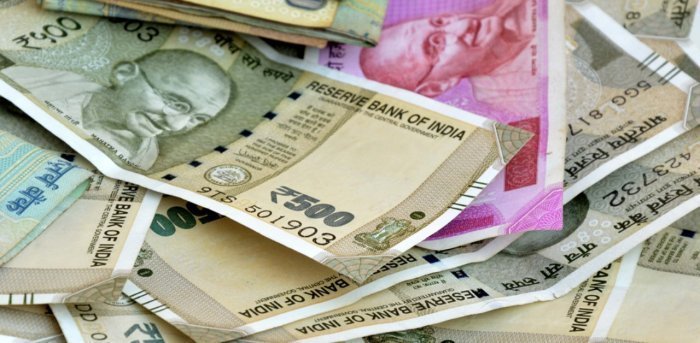Post Office Savings Account: People all over the country have always relied on the financial services offered by the Indian Post Office. Even today, many people still prefer to invest in the post office’s various schemes by opening an account. When it comes to securing one’s finances, the post office is a popular option thanks to its more than 1.5 million locations across India.
The post office offers savings accounts, just like bank accounts, where customers can deposit and withdraw money, in addition to their investment opportunities. If you want to open a Post Office Savings Account, you might want to learn more about the interest rates and fees that come with it.
Now, you ought to be aware that customers must pay fees for access to post office services. It is essential to obtain the appropriate information due to the numerous charges associated with savings accounts. Fees for duplicate passbooks, account statements or deposit receipts, replacing an outdated passbook, transferring an account, and check bounces are among these charges.
The costs associated with these services are as follows:
• Additional passbooks: Rs. 50
• Issue of a deposit receipt or account statement: Rs. 20
• A new passbook for the ripped one: Rs. 10 for each passbook
• Removing or changing a nomination: Rs. 50
• Transfer to account: Rs 100
• Contributing to the account: Rs. 100
• Bounced cheque: Rs. 100
• Cheque book: After the first ten leaves, which are free, a fee of Rs. 2 per page will be charged.
In terms of interest rates, the post office offers a savings account with a 4% interest rate to all account holders. Additionally, you are not required to verify your identity if you withdraw less than Rs 10,000 simultaneously. However, for withdrawals exceeding Rs 10,000, an ID is required. The minimum amount that can be deposited is Rs 500, and the minimum amount that can be withdrawn is Rs 50.






















